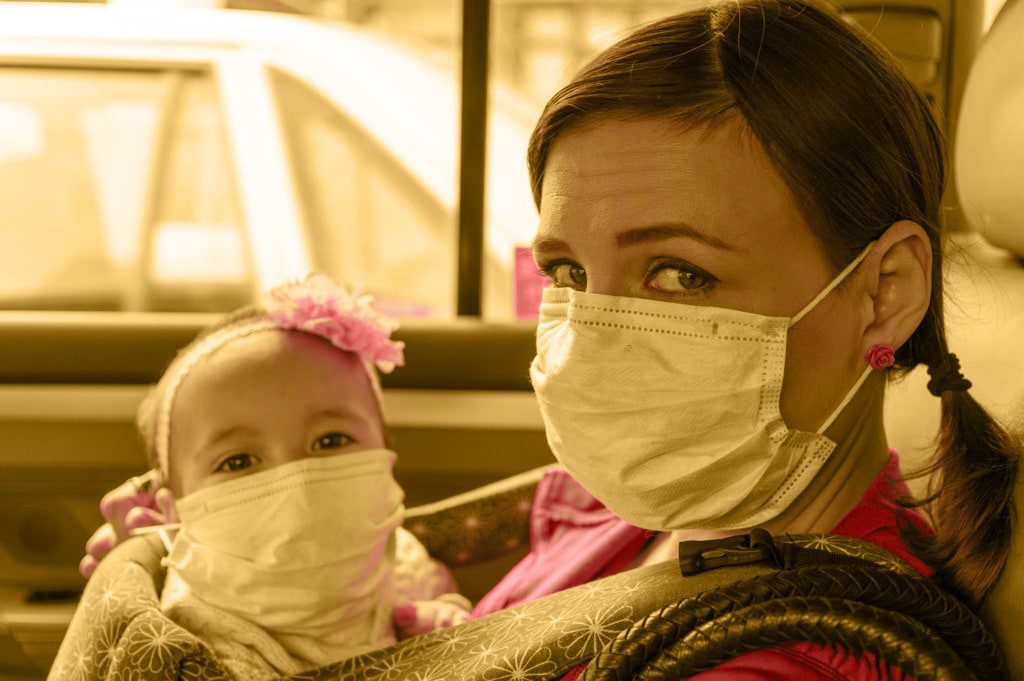A random sample testing study to estimate the number of cases in Iceland

In “Spread of SARS-CoV-2 in the Icelandic population”, Gudbjartsson et al., from deCode Genetics-Amgen, present one of the first peer-reviewed studies analyzing results of viral tests (by RT PCR) in both target samples and the general population. The study included a total of 22279 tests done in three different samples.
The first, with 9199 people, corresponds to target testing of mostly symptomatic people, those returning from highly affected regions of the world, and contacts of infected people. That is, this group is similar to the testing protocols implemented in most countries. The second group, with 10797 people, corresponds to a population-wide strategy, in which people could self-select to be tested (so-called open invitation), but could not have symptoms (or at most mild cold symptoms) and could not be in quarantine. Most of these people were from the capital Reykjavik, where the samples were collected. The third group, of 2283 people, corresponds to a random sample of the population (20 to 70 years old) invited by telephone text message. However, of the 6782 people selected for this random sample, at the time of study publication (April 4) only 2283 had come forward to be tested.
The results of the targeted testing are similar to those from other countries. They found 1221 (13.3%) positive people, with a bias towards men (16.7% positive) vs. women (11.0% positive). Indeed, about 50% of those who tested positive were men, even though they represented only 39% of people tested in this group. There were also more older people testing positive that young people, only 6.7% of children under 10 were positive, compare to twice that percentage for people older than 10. The results of the two population-based screenings showed that 0.8% of tested people were positive, with the same bias towards men, who represented 55% of positive cases, although they were 45% of all tested in these groups. Even more interesting, of the 848 children under 10 tested, none was positive – note that if the rate of positive tests had been the same, then one would expect ~7 children positive. Because the two population screening protocols were implemented at different times (open invitation from March 13 to April 1; and random sample from April 1 to 4), the authors could look for trends in the fraction of positive cases, but the differences were minor.
Finally, the authors obtained good sequence data for 581 samples, which were phylogenetically distributed in multiple (>6) haplotypes, those from earlier infected cases grouped with sequences from other countries, mainly Europe, which were the presumed origin of the cases. Sequences from later cases corresponded to circulating strains in Iceland. From this data, the authors were able to infer at least 42 different introductions of infected people into Iceland. They were also able to overlay sequence information on detailed data of contact tracing done epidemiologically, showing a high degree of concordance. This also revealed that while early infections were mostly due to travel abroad, later infections were mainly due to exposure in the family context.
Overall, this study indicates that the prevalence (fraction of infected people) of SARS-CoV-2 is low in Iceland, and due to the long duration of this infection, it is likely that incidence (number of cases per unit time) is also low. This was true in spite of the implementation of less severe measures than in other European countries. It is important to note that this is likely the only published study (in any country) that used a random sampling process for testing, which gives an unbiased view of those two key metrics (prevalence and incidence).
Contributing Scientist: Ruy Ribeiro
Translation: Ana Mena
Scientific paper
